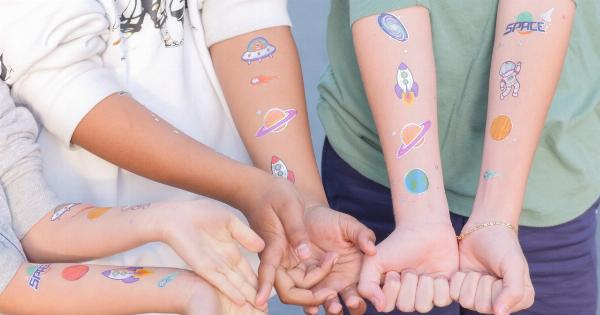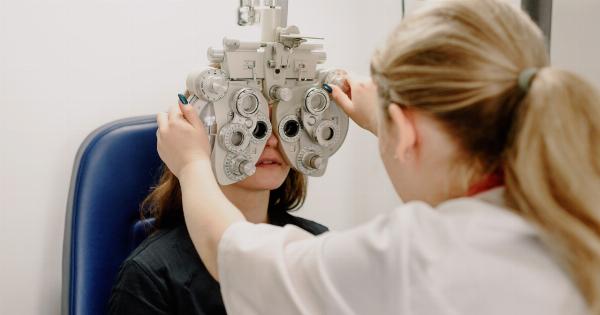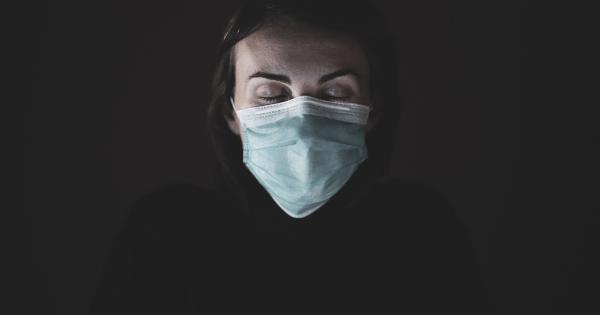Gum chewing has been a popular habit for centuries. People chew gum to freshen their breath, satisfy hunger cravings, or simply to pass time. While there are many benefits to chewing gum, there are also several dangers associated with the habit.
One of the most serious hazards of gum chewing is the possibility of gum contact with the eyes. When this occurs, it can cause a range of health problems that may require medical attention.
What Happens When Gum Contacts the Eyes?
When gum comes into contact with the eyes, it can cause irritation, redness, and tearing. The stickiness of the gum can cause it to adhere to the delicate eye tissues, making it difficult to remove.
If the gum dries, it can be even harder to remove and may require professional assistance. When gum is stuck to the eyes, it can also cause a number of other problems, including:.
- Corneal Abrasions: Gum can scratch the cornea, which is the clear, protective layer covering the front of the eye. Corneal abrasions can cause pain, redness, sensitivity to light, and blurred vision.
- Conjunctivitis: Gum contact with the eyes can infect the conjunctiva, which is the thin, transparent layer of tissue that covers the white part of the eye. Conjunctivitis can cause redness, itching, discharge, and watery eyes.
- Eye Infections: If any bacteria or viruses are present on the gum, they can be transferred to the eyes, causing serious infections such as pink eye or styes. These infections can cause swelling, pain, discharge, and sensitivity to light.
Overall, gum contact with the eyes can be a very serious problem that requires immediate attention. If you experience any of these symptoms after gum contact with the eyes, seek medical help immediately.
Preventing Gum Contact with the Eyes
The best way to prevent gum contact with the eyes is to avoid chewing gum altogether. However, if you do choose to chew gum, there are several steps you can take to reduce your risk of eye contact:.
- Avoid chewing near your eyes
- Keep your mouth closed when chewing
- Dispose of gum properly in a trashcan, not on the ground or furniture where it could get on someone’s hand and then later make contact with the eyes if they rub them subconsciously.
- Wash your hands after handling gum
By following these precautions, you can significantly reduce your risk of gum contact with the eyes, and protect your vision and eye health.
What to Do if Gum Contact Occurs
If gum contact with the eyes does occur, it is important to take immediate action to prevent further damage. The following steps can help minimize the risk of complications:.
- Do not touch or rub the affected eye
- Flush the affected eye with water or saline solution (not contact lens solution) for at least 15 minutes
- Call your eye doctor or go to an emergency room for further evaluation and treatment
In most cases, gum contact with the eyes can be treated effectively with prompt medical attention. However, if left untreated, it can lead to serious complications and even permanent vision loss.
Conclusion
Gum chewing is a popular habit enjoyed by many people, but it can also pose serious risks to eye health. When gum makes contact with the eyes, it can cause a range of problems, including corneal abrasions, conjunctivitis, and eye infections.
To prevent gum contact with the eyes, it is best to avoid chewing gum altogether. But if you do choose to chew gum, take precautions to minimize your risk of eye contact. And if gum contact does occur, seek prompt medical attention to avoid further complications and protect your vision.




























